
Ingredient
Dried apples
The Sweet Essence of Sun-Dried Apples
Dried apples are made by dehydrating fresh apples, resulting in a concentrated flavor and chewy texture. They have a sweet and slightly tangy taste, with a tender yet firm bite. Their appearance ranges from golden yellow to deep amber, and they often retain their natural shape and ridges.
Origins and history
Dried apples have been enjoyed for centuries, with evidence of their consumption dating back to ancient times. They were a popular snack among travelers and explorers due to their long shelf life and portability. Today, dried apples are widely used in baking, trail mixes, granola bars, and as a topping for oatmeal or yogurt.
Nutritional information
Dried apples are a good source of dietary fiber, providing approximately 3 grams per serving. They also contain essential vitamins and minerals, including vitamin C, potassium, and iron. With around 100 calories per ounce, they make for a satisfying and nutritious snack option.
Allergens
Dried apples may contain sulfites, which can trigger allergic reactions in sensitive individuals. It is important to check the packaging for any potential allergen warnings before consuming.
How to select
When selecting dried apples, look for slices that are plump, slightly soft, and free from any signs of discoloration or mold. They should have a vibrant color and a pleasant aroma. Avoid those that appear overly dry or have a leathery texture, as they may be old or of lower quality.
Storage recommendations
To maintain the freshness and quality of dried apples, store them in an airtight container in a cool, dry place. Avoid exposure to moisture, heat, or direct sunlight, as these can cause the apples to become sticky or lose their flavor. Properly stored, dried apples can last for several months.
How to produce
To produce dried apples at home, thinly slice fresh apples and arrange them in a single layer on a baking sheet. Bake them at a low temperature (around 200°F or 93°C) for several hours until they are dry and slightly chewy. Alternatively, you can use a food dehydrator for the drying process.
Preparation tips
Dried apples can be enjoyed as a standalone snack, added to baked goods such as muffins, cakes, or cookies, or incorporated into savory dishes like salads or stuffing. They can also be rehydrated by soaking them in warm water or apple juice before use, making them plump and juicy once again.
Culinary uses
Dried apples are commonly used in various culinary traditions around the world. They are particularly popular in American cuisine, where they are often used in pies, crisps, and other desserts. They are also a staple ingredient in British fruitcakes and German strudels.
Availability
Dried apples are widely available in grocery stores, supermarkets, and specialty food stores worldwide. They can also be purchased online, ensuring accessibility regardless of geographical location.
More ingredients from this category
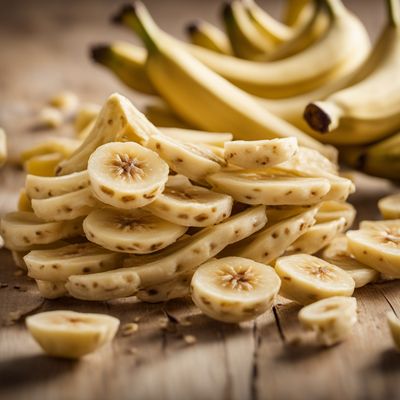
Dried bananas
Nature's Sweet and Chewy Delight: Dried Bananas
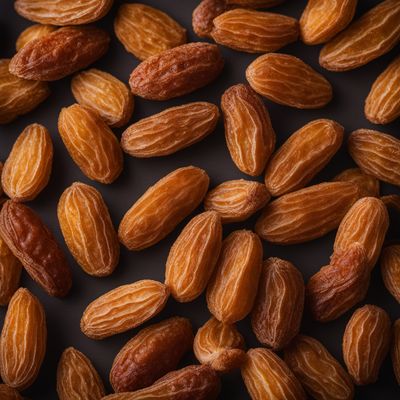
Dried dates
Nature's Sweet Gems

Dried prunes
Nature's Sweet and Tangy Gems

Dried figs
Nature's Sweet Gems: Dried Figs

Dried pears
The Sweet Essence of Preserved Pears

Dried mangoes
The Sweet and Tangy Delight

Mixed dried fruits
Nature's Sweet Medley: Exploring the World of Mixed Dried Fruits

Chocolate coated dried fruit
Decadent Delights: Chocolate Coated Dried Fruit

Dried vine fruits (raisins etc.)
Nature's Sweet Gems
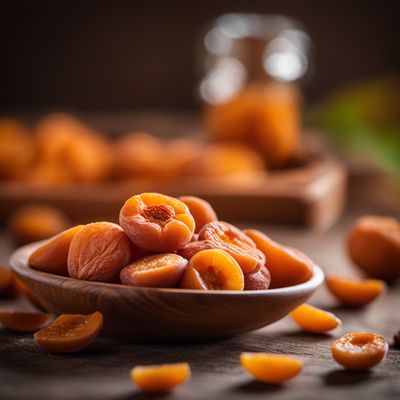
Dried apricots
The Golden Gems: Unveiling the Delights of Dried Apricots

Fruit chips
Crispy Delights: Fruit Chips
Recipes using Dried apples » Browse all
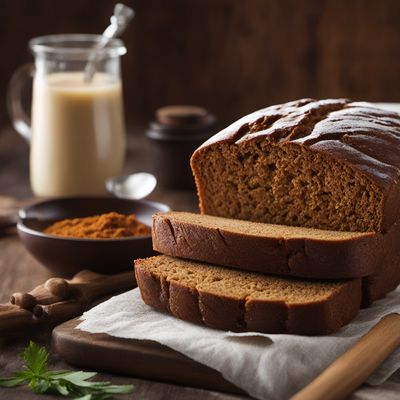
Indian Spiced Brown Bread
Masala Brown Bread: A Spicy Twist to a Classic

Korean-style Tarte Tatin
Kimchi-infused Tarte Tatin: A Fusion Delight

Spanish Apple Cinnamon Bread Pudding
Deliciously Spiced Spanish Apple Bread Pudding

Wisconsin Kringle Recipe
Flaky Delights: Homemade Wisconsin Kringle

Sichuan Spiced Apple Pie
Fiery Apple Delight: Sichuan Spiced Apple Pie

Mole Manchamantel with a Twist
Spicy and Sweet Delight: A Modern Twist on Mole Manchamantel

Bosnian Tarte Tatin
Sarajevo Apple Delight
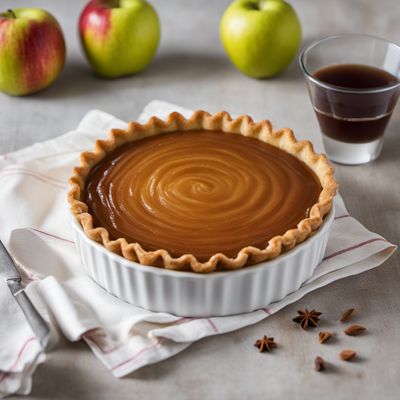
British Apple and Caramel Tart
Indulgent Autumn Delight: British Apple and Caramel Tart

Rosolli Salad
Harmony in a Bowl: Finnish Rosolli Salad

Northeastern American Birnbrot
Apple and Walnut Pastry Delight

Hessian Apple Strudel
Autumn Delight: Hessian Apple Strudel with a Crunchy Twist

Mediterranean Apple Galette
A Taste of the Mediterranean: Rustic Apple Galette